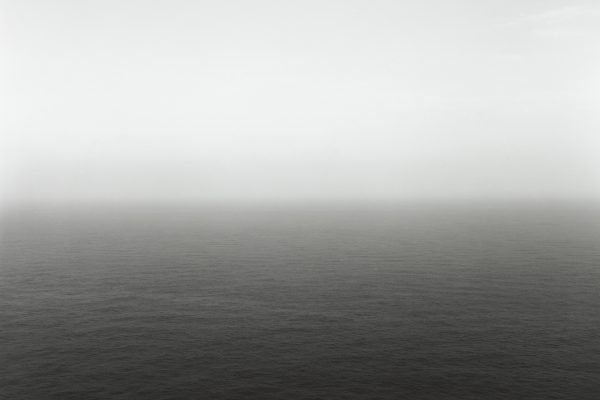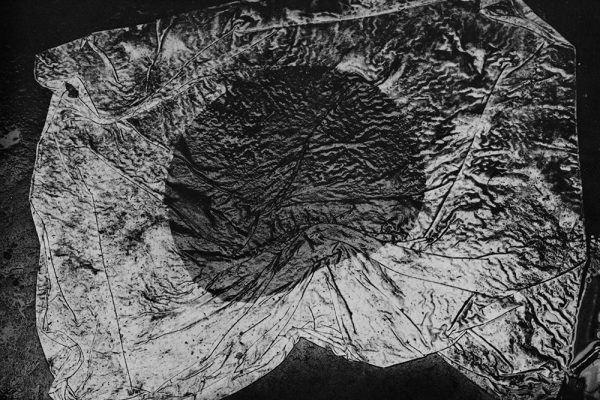The first visit in one of the big bookstores in Tokyo in search for Japanese photography books can be an overwhelming experience. If you take one of the major bookstores in Tokyo like Kinokuniya at Takashimaya Square in Shinjuku/ Tokyo for example: the store covers several huge floors and the art/ photography/ design department alone is bigger than most bookstores I know.
Even though the different book sections are named in English the language barrier is the major problem for each potential buyer: without a basic ability to read Japanese it almost impossibleto identify any of the hundreds of books in front of you. However, even with the ability to read, withouta basic knowledge of the Japanese photography world it is very hard to find the essential, interesting or unique publications of the recent years – older books cannot be found in this kind of store anyway (I will talk about this later).
After the initial confusion upon entering the empire of signs [I always love to quote Roland Barthes :-)] it becomes evident: the sheer quantity of Japanese photography books is amazing. Even I dont have any hard statistical evidence it is clear that much more photography books are published in Japan than in most (any?) Western countries – without a doubt more than in any European country.
The reason for this is twofold: First there is a huge demand in Japan for photography books on topics like nature, landscape and animal (pet) photography, which has its own audience different form the readership of art photography books. Moreover, there is another segment in Japanese market, which has no comparable equivalent in the west: The nude photography book market. Of course, in western stores you will always find some books by the usual suspects like Helmut Newton or Peter Lindbergh, but this cannot be compared to the monthly output of the Japanese publishers of nude photography books. While in the West these books are mainly bought because of the name of the photographer who represents a certain style, in Japan the photographer might be recognized, but in the centre of this phenomenon stands the depicted woman. A woman who is sometimes a famous actress and/or singer, but more often she is a so called “tarento” (talent), who attracts the audience only because of her physical appearance and usually lacks any real talent:
Every year the Japanese entertainment industry produces dozens of new female talents (tarento) whose only discernible talent in an ability to project certain qualities thought desirable or fashionable at the moment (girl-next-door cheerfulness, disco-diva sluttishness). Most are little more than decorative presences on TV shows or commercials, and are as interchangeable as the ikebana arrangement on the hosts desk. Others eke out evanescent careers as singers (who cant carry a tune or write their own songs) or actresses (whose effusions would never pass muster at a high-school dramaclub audition)
[Quote: Marc Schilling: The Encyclopaedia of Japanese Pop Culture]


